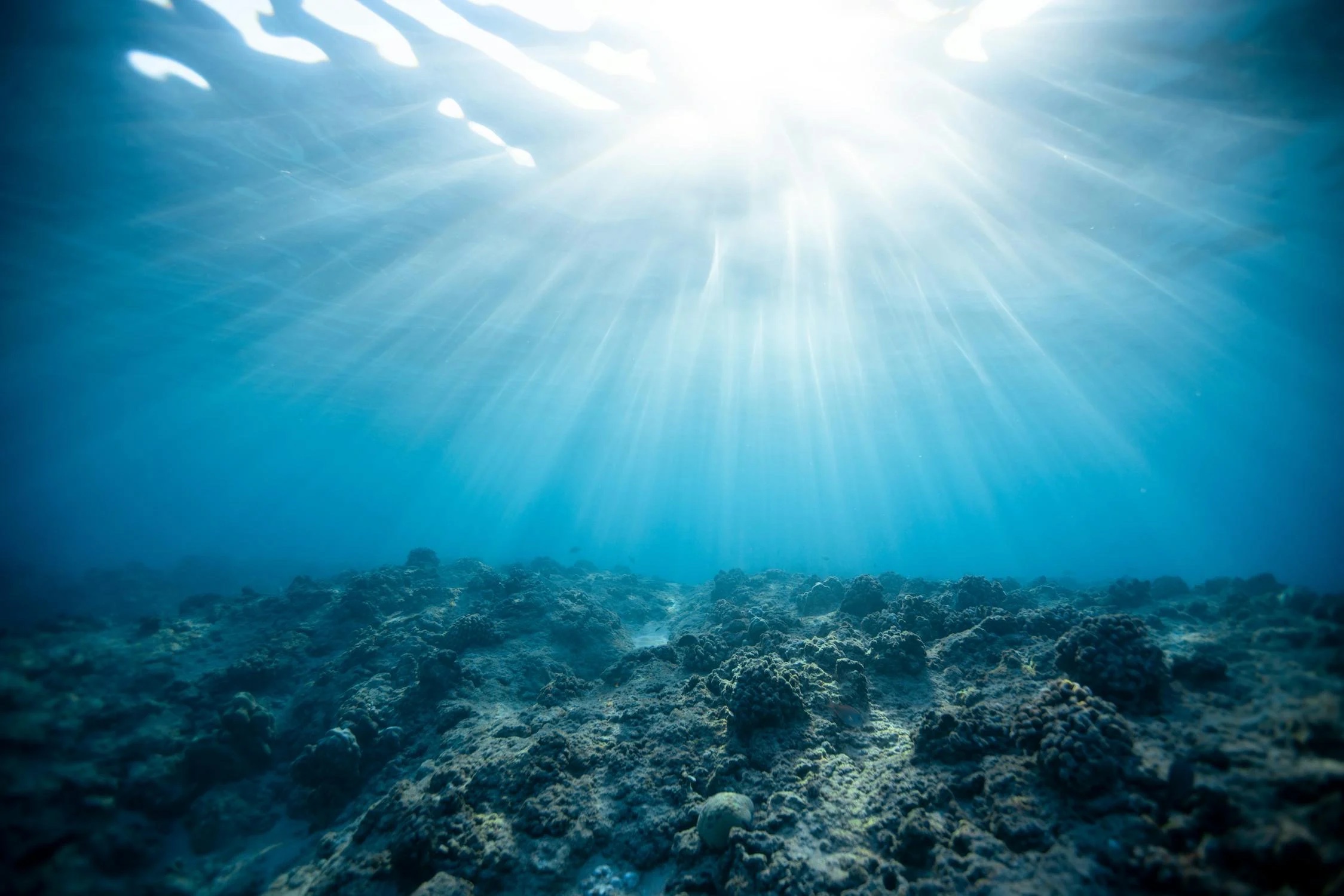San Diego County Beaches Face Closures Over Water Contamination
San Diego County health officials recently announced several beach closures due to elevated bacteria levels. The closures are aimed at ensuring public safety and preventing waterborne illnesses.
This update affects some of the county’s most popular beaches, which are now off-limits for swimming and other water activities.
Silver Strand Shoreline Affected
The Silver Strand Shoreline is one of the beaches impacted by the closures. Spanning from north Carnation to south Avenida Lunar, this area is known for its picturesque views and family-friendly atmosphere.

Source: Freepik
Unfortunately, bacteria levels have surpassed health standards, making it unsafe for water contact.
Imperial Beach Under Closure
Imperial Beach Shorelines, stretching from the south end of Seacost Drive to north of Carnation Avenue, are also closed.

Source: CAL FIRE CZU San Mateo-Santa Cruz Unit/Facebook
This beach is a favorite among locals and tourists alike. The closure is a significant precautionary measure to ensure the well-being of beachgoers.
Tijuana Slough Shoreline Closed
The Tijuana Slough Shoreline, including Border Field State Park and the Tijuana Slough National Wildlife Refuge, is closed as well.

Source: Daniel Julio/Unsplash
This area, located at the U.S./Mexico border, is renowned for its natural beauty and diverse wildlife. The contamination poses a risk to both humans and the environment.
Water Contact Advisories Issued for La Jolla
In addition to closures, water contact advisories have been issued for La Jolla’s Children’s Pool.

Source: Buda Mendes/Getty Images
Known for its seals and stunning coastal views, this spot now faces potential health risks due to high bacteria levels. Visitors are advised to avoid water contact until further notice.
Coronado Beach Advisory
Coronado Beach, specifically Avenida Lunar, is under advisory.

Source: Pixabay/Pexels
Coronado is famous for its pristine sands and historic hotel, but the current advisory warns against water activities. Officials are closely monitoring the situation to ensure safety.
Ocean Beach's Dog Beach Affected
Dog Beach in Ocean Beach, from the San Diego River outlet to 300 feet south, is also under advisory.

Source: Freepik
This popular spot for dog owners is now a health concern due to contamination. Pet owners should take extra caution and avoid letting their pets swim.
Why These Measures Are Necessary
Elevated bacteria levels in the water can cause various illnesses, including gastrointestinal issues, skin rashes, and respiratory problems.

Source: Jeremy Bishop/Pexels
The health officials’ decision to close beaches and issue advisories is a proactive step to protect public health and prevent the spread of these illnesses.
How Bacteria Levels Are Monitored
San Diego County regularly tests water quality at its beaches to ensure safety. These tests measure bacteria levels and help officials decide whether to issue closures or advisories.

Source: Freepik
The recent test results showed levels exceeding health standards, prompting the current measures.
Impact on Local Communities
Beach closures and advisories have a significant impact on local communities. Businesses that rely on beach tourism, such as cafes, rental shops, and hotels, may see a decrease in visitors.

Source: Roberto Nickson/Unsplash
Residents and tourists alike are feeling the effects of these necessary precautions.
Historical Context of Beach Closures
San Diego County has faced similar beach closures in the past due to water contamination, some as recently as last May. These incidents highlight the ongoing challenges of maintaining water quality in coastal areas.

Source: frank mckenna/Unsplash
Efforts to improve water treatment and pollution control are crucial in preventing future closures.
Staying Updated on Beach Conditions
For the latest information on beach conditions and water quality in San Diego County, visit sdbeachinfo.com.

Source: Jose Rafael Luna Lopez/Wikimedia
Staying informed helps residents and visitors make safe decisions about beach activities. Health officials continue to monitor the situation and provide updates as needed.
